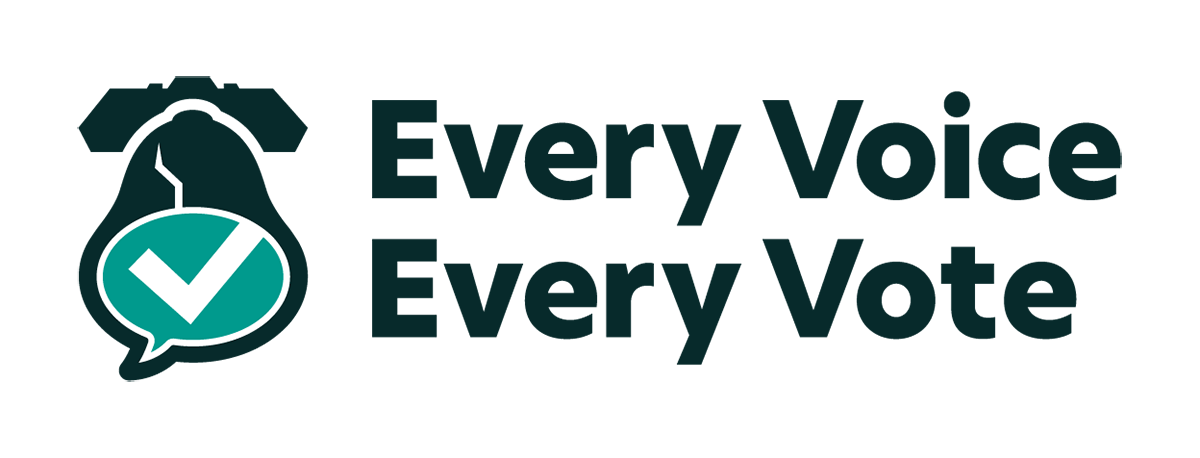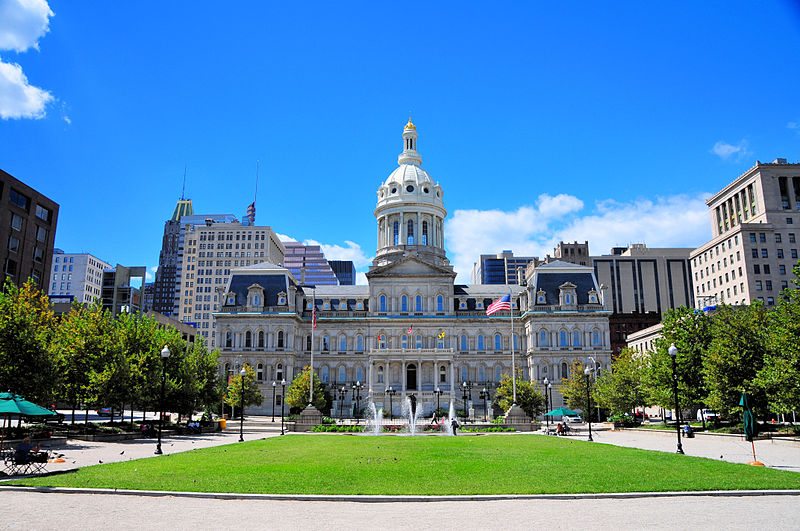The City of Baltimore announced last fall it was hiring a small digital services team — just a few people in a workforce of 6,000. It’s not heart-racing stuff, but it’s an example of what a big city mayor has direct control over: diverting a relatively small amount of money towards making local government more efficient as part of a broader vision of change.
A lot of our urban elected officials must campaign across some of the world’s most diverse communities, and they must govern using a tightly constrained set of tools against factors beyond their control. We look to them for answers. Although institutional trust has declined for decades, two-thirds of Americans still believe local government can address real problems — much higher than at the state or federal level, according to Gallup.
For years, the Technical.ly newsroom has sent local, state and federal candidates pre-election questionnaires about technology, entrepreneurship and workforce policy, and those questions have only gotten more challenging. Most recently, we’ve done this in Baltimore in 2020, in Pittsburgh in 2021 and we’re doing the same now in Philadelphia, where we first surveyed mayoral candidates in 2015 with a questionnaire and a public forum. Our interest: help cities become more effective and efficient so more residents can thrive. Some issues we raised saw improvement — open data, startup engagement — but many did not. After years of reporting, I started asking: What can local elected officials actually do to support growth?
“So much is driven by state policies, federal policies and people’s movements into and out of cities, as well as broader social trends,” said Daniel Hopkins, a political science professor at the University of Pennsylvania. “Mayors are significantly handicapped in their ability to influence their city’s economies.”
“Mayors are significantly handicapped in their ability to influence their city’s economies.”Daniel Hopkins University of Pennsylvania
Many city budgets are limited by state constitutions and shaped by existing obligations, such as past pension obligations.
“Even if the overall forces are largely out of one’s control, mayors can still make change on the margins,” Temple University political science professor Michael W. Sances said.
A big city mayor has four key roles: Positioning, priorities, partnerships and personnel. They articulate a vision for the future and their city’s position in it. They set priorities for the administration to follow, whether or not they are attainable. They develop relationships with institutions, philanthropy, policymakers and other partners to support those goals. And they attract, retain and lead the workforce that executes on these initiatives.
In contrast, a hot-button issue such as crime is shaped by generational and macroeconomic trends we don’t entirely understand, and a city’s unemployment rate is heavily dependent on national policy.
“The challenge is that even if certain issues are outside a local official’s control, they can still be punished/blamed at the polls for underperformance on that domain,” Temple political science professor Nyron N. Crawford said.
Here’s where voters must take some responsibility for what candidates for public office address. A city’s unemployment rate is a better predictor of incumbency than even crime rate, according to a 2015 paper by Hopkins, even though there’s little evidence that a mayor can actually do anything about either.
“That means, regardless of whether they can actually intervene on it, or if it’s not their fault, candidates will offer some vision as a way to demonstrate leadership via soft power,” Crawford said. Local elected officials have been shown to communicate more often when these macro trends are going well than when they are going badly, according to a 2021 working paper.
While local officials might not be able to control the economy or directly fight crime on their own, they can embody a city’s future and smartly choose across a dizzying set of priorities with the help of a workforce and a set of partners they inspire.
For all the celebrity and power concentrated in DC, local government has considerable impact on residents. Empowering a team to make city services more efficient for residents is just such an example.
As Hopkins said: “Local leaders and, to some extent, state leaders likely have more potential to be impactful than national leaders.”

This content is a part of Every Voice, Every Vote, a collaborative project managed by The Lenfest Institute for Journalism. Lead support is provided by the William Penn Foundation with additional funding from The Lenfest Institute, Peter and Judy Leone, the John S. and James L. Knight Foundation, Harriet and Larry Weiss, and the Wyncote Foundation, among others. To learn more about the project and view a full list of supporters, visit everyvoice-everyvote.org. Editorial content is created independently of the project’s donors.
Join our growing Slack community
Join 5,000 tech professionals and entrepreneurs in our community Slack today!
Donate to the Journalism Fund
Your support powers our independent journalism. Unlike most business-media outlets, we don’t have a paywall. Instead, we count on your personal and organizational contributions.

Maryland firms score $5M to manufacture everything from soup to nanofiber

National AI safety group and CHIPS for America at risk with latest Trump administration firings

Immigration-focused AI chatbot wins $2,500 from Temple University to go from idea to action


